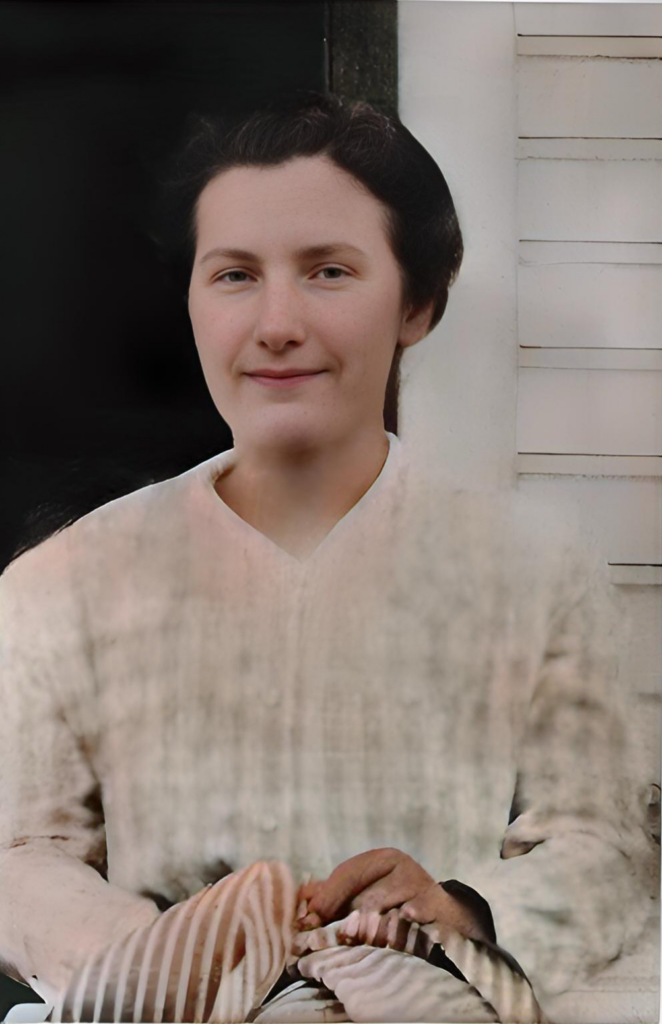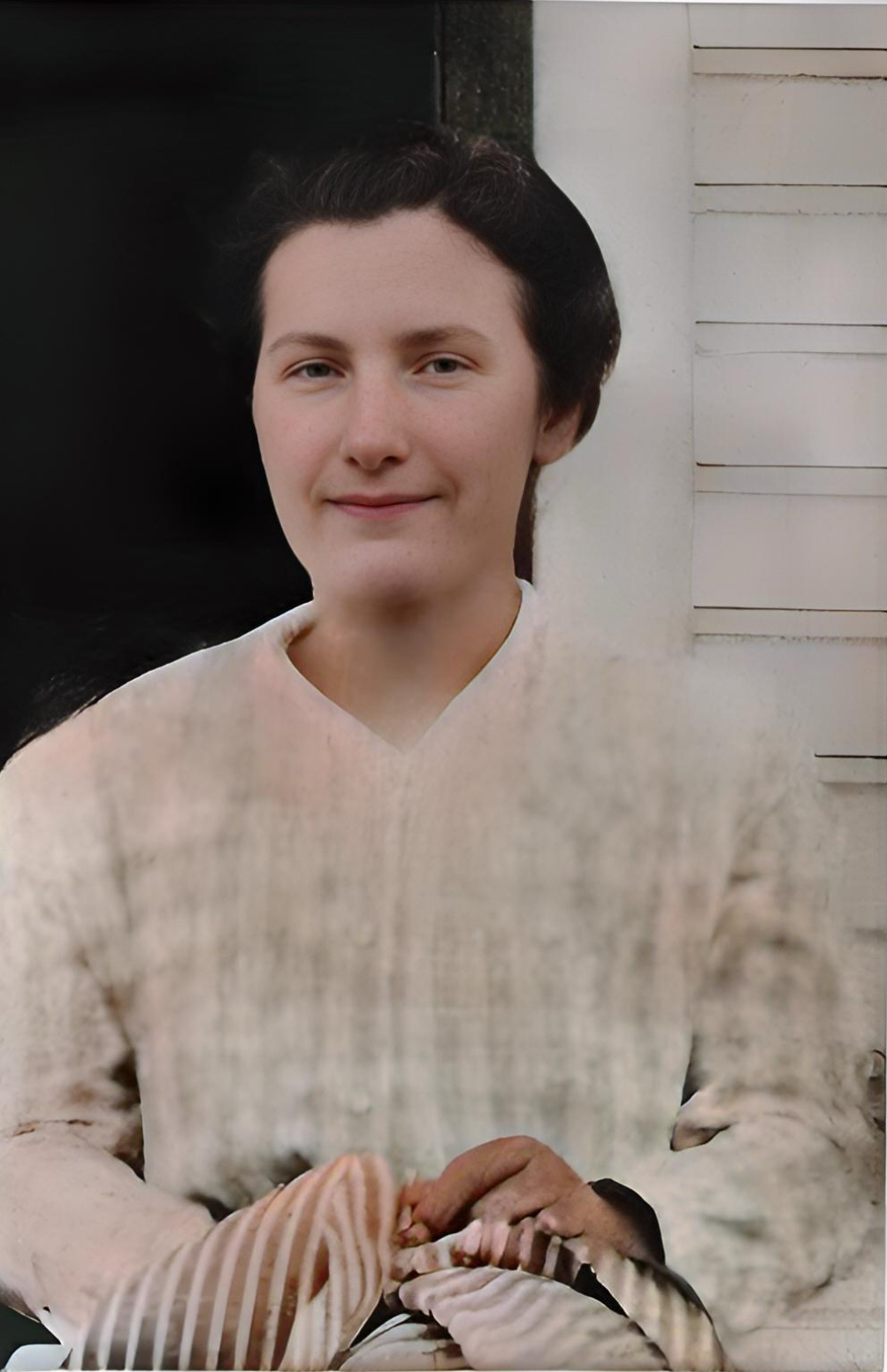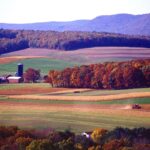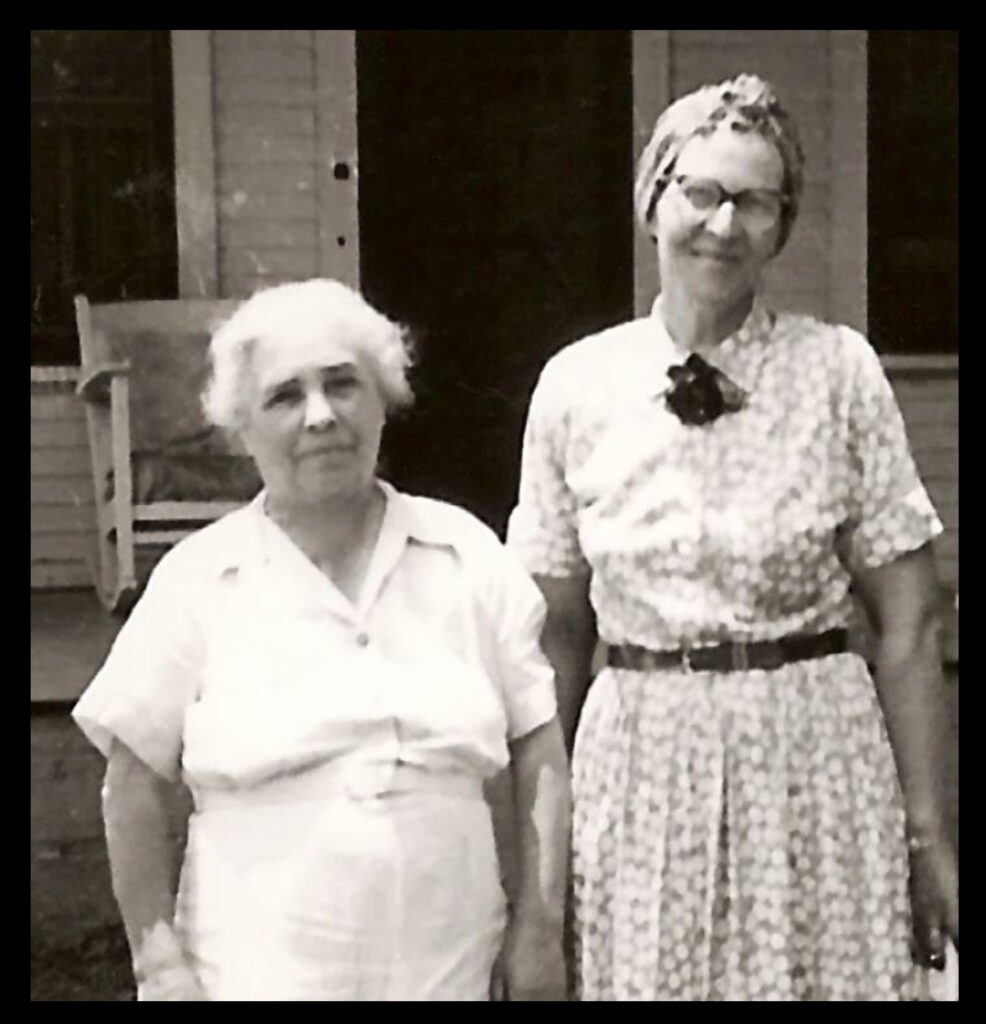
Nancy Bailey, a remarkable woman from the 19th century, holds a special place in my heart as my 3rd great grandmother. Born on September 24, 1838, in Baileyville, Centre County, Pennsylvania, her life story weaves a tapestry of family, love, and resilience that spans across generations.
Nancy was the daughter of William Bailey, born in 1794, and Nancy Gardner, born in 1804. Raised in Baileyville, she grew up surrounded by the picturesque landscapes of Pennsylvania.
On November 18, 1862, Nancy embarked on a new chapter in her life when she married James McCalmont Morrison, a minister hailing from Coleraine, Lancaster County, Pennsylvania. Their union marked the beginning of a beautiful family journey.
The couple went on to have ten children, nurturing a growing family in an era defined by its unique challenges and opportunities. My great-great-grandfather, Joseph Bailey Morrison, was born on February 19, 1865, in Hopewell, Beaver County, Pennsylvania.
The family’s journey across states is a testament to their enduring spirit. In 1870, they found themselves in Clay, Atchison, Missouri, a time when the American landscape was rapidly changing. By 1880, they had settled in College Springs, Page County, Iowa, a place where they undoubtedly left their mark.
As the turn of the century approached, the Morrisons ventured even further west, making a home in Albany, Linn County, Oregon, as revealed by the 1900 census. It’s worth noting that James Morrison continued his service to the community as a preacher, touching the lives of those around him.
Their final destination in the historical record takes us to 1910 when they resided in Portland, Oregon, specifically on East 6th Street North. By this time, James had transitioned from his role as a minister, leaving a lasting legacy of faith and devotion.
Nancy Bailey’s life serves as a bridge connecting the past to the present, reminding us of the importance of family, love, and resilience. Her journey, along with that of her husband and children, represents a testament to the enduring human spirit. As we remember Nancy Bailey, let us also celebrate the remarkable lineage she helped create, one that continues to shape our lives today.
A little about Baileyville…
Baileyville, Pennsylvania, is a small unincorporated community located in Centre County. While it may not be widely known, it has a historical significance in the area. Here’s a brief overview of the history of Baileyville:
- Early Settlement: Baileyville was founded in the early 19th century and was named after one of its prominent early settlers, likely the Bailey family, who played a significant role in the community’s development.
- Agriculture and Industry: Like many communities in rural Pennsylvania during the 19th century, Baileyville’s economy was primarily based on agriculture and small-scale industries. The fertile land in the region supported farming activities, and local industries may have included mills and workshops.
- Transportation: The community’s development was closely tied to transportation routes of the time, such as stagecoach lines and eventually railroads. Access to transportation allowed for the movement of goods and people, which was crucial for the growth of small towns like Baileyville.
- Community Life: Baileyville would have had a close-knit community with its own schools, churches, and social organizations. These institutions played a vital role in the daily life of its residents.
- Decline and Transformation: As the 20th century progressed, many small rural communities in Pennsylvania experienced a decline in population and economic activity. Modern transportation networks and changing economic conditions led to the depopulation of some of these areas.
- Present-Day: Today, Baileyville may still exist on maps, but it likely remains a quiet, sparsely populated area. Its historical significance is preserved in the memories of the families who once lived there, as well as in local records and documents.
While Baileyville itself may not have become a bustling town or city, it represents the countless small communities that played a crucial role in the history of rural Pennsylvania. Its history is a testament to the enduring spirit of the people who settled and shaped these areas in the 19th century.





